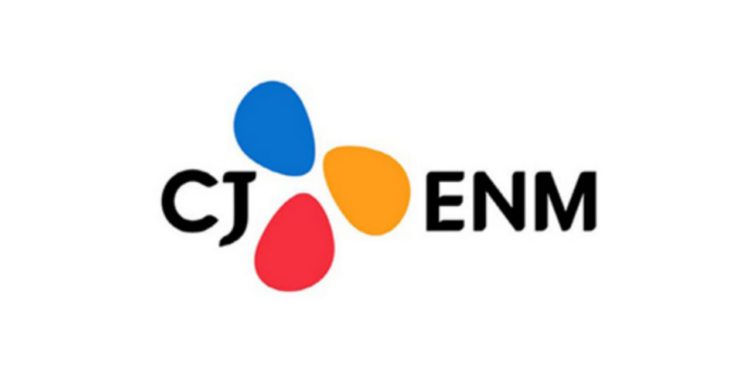South Korea’s largest Entertainment company CJ ENM is suing LG U+, accusing the South Korean telecom giant of failing to pay the usage fees for the content it has been providing through its IPTV service.
The issue is centered around the free structure of LG U+, which differs from that of its rivals while also costing CJ ENM money they otherwise don’t have to spend.
Civil action against LG U+
On Tuesday, CJ ENM, the content arm of CJ Groups, confirmed that it had filed a civil action against LG U+ with the Seoul Central District Court last week. It seeks compensation for the alleged violation of copyright laws LG U+ has caused over the past ten years.
“From 2009 to March 2019, LG U+ provided video-on-demand content created by CJ ENM to its subscribers with multiple set-top boxes, without properly paying for it,” said a CJ official.
Other IPTV network providers like KT and SKT charge for the content they provide based on the number of set-top boxes the customer has been provided, so the watchable content isn’t sharable among devices without set-top boxes. While LG U+ takes a different route and charges each household with a flat, rigid fee structure. This allows the customers to watch the content they have been provided with without paying for them.
As per CJ ENM, this flat fee system has cost it a considerable amount crossing 10 billion won ($8.4 million). Around 16 percent of LG U+ IPTV service users have used their fee structure and own more than one set-top box.
Neither parties to back off
While LG U+ claims that CJ ENM’s usage fees have hiked to an excessive amount this year, CJ ENM claims that this 175% hike is just a push to set things on balance, compared to the extra cost it has had to endure because of LG’s fee system.
According to LG U+, it has compiled along with its contracts. After signing an amended agreement with CJ in 2019, LG U+ has followed through the same fee system as other IPTV providers, it added.
In June, CJ ENM halted broadcasting some of its channels on LG U+’s U+ Mobile TV, as they couldn’t settle as to how to define this separate mobile platform and judge if it should have a fee system of its own.







